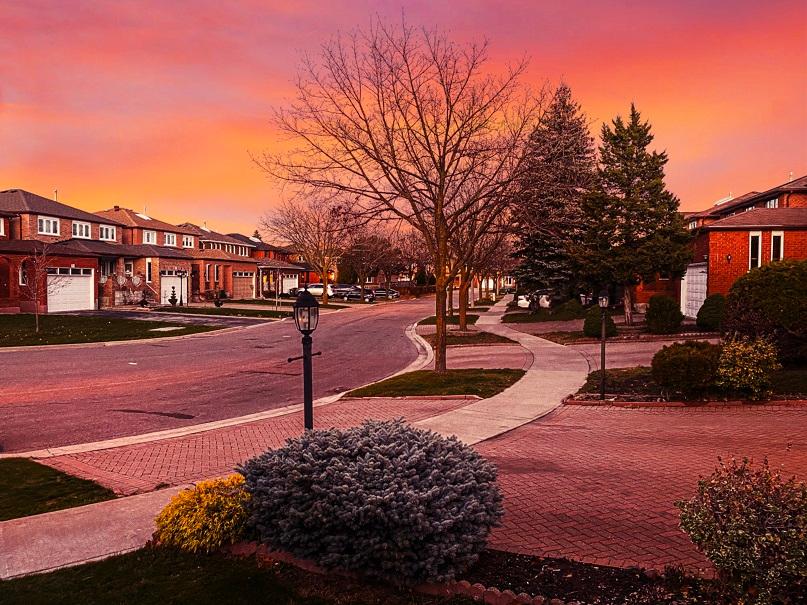Surging mortgage rates are now threatening to drive U.S. home prices down as much as 20 percent, according to a new study.
Many prospective buyers have been pushed out of the market due to rising home prices and higher mortgage rates.The sharp rise in mortgage rates this year “boost the odds of a severe house price correction,” as the cost to purchase a home reaches its peak, according to research from the Federal Reserve Bank of Dallas, released on Nov. 15.
The analysis, conducted by Dallas Fed economist Enrique Martinez-Garcia, said that housing prices after adjusting for inflation have risen since the start of the pandemic to their highest level since the 1970s.The End of the Pandemic-Era Housing Bubble
The pandemic caused a massive bubble in the American real estate market, which grew due to record-low mortgage rates and a massive surge of people look for a home to work remotely.However, skyrocketing demand for homes had caused a massive housing shortage and led to a surge in prices.





